If your range hood doesn't reach the kitchen ceiling and you'd prefer it does, you are in the right place! We can provide you with our thoroughly researched information on extending the range hood for the best install and finished look above your range.
Extending your range hood to the ceiling can be done by installing full stainless-steel vents to range hood covers. Also, you could install some form of ceiling board and trim, or you can affix tiles all the way up to the ceiling.
There are still many things that you should know about your range hood. And we know you are curious about those things, too. So, we suggest you finish this post to dig in for more helpful information.
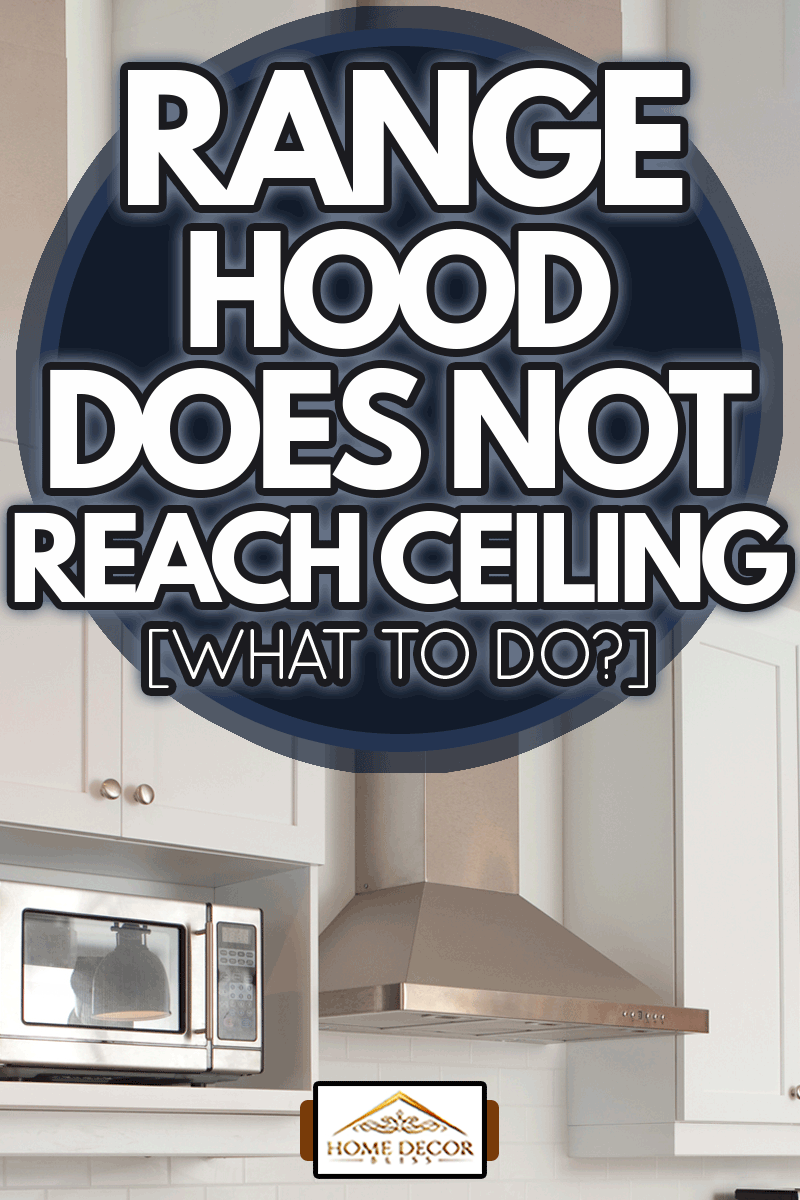
What To do When Range Hood Doesn't Reach Ceiling?
We sometimes add affiliate links and content that was curated and created by our team with the help of advanced ai tools to help showcase the best design styles.
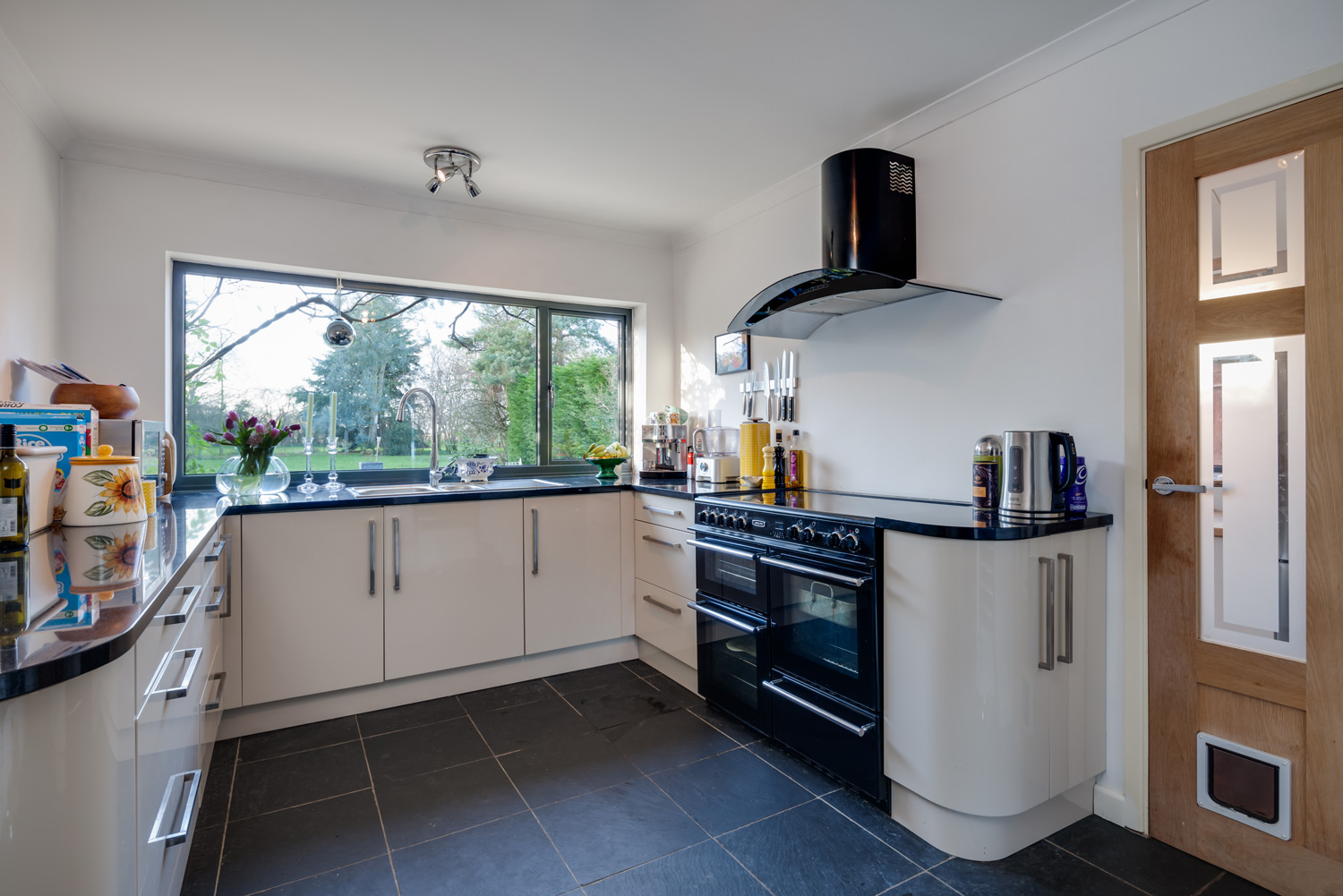
From full stainless-steel vents to range hood covers, attaching board and trim or tiling all the way up your ceiling are all good options if you want to modify your range hood. The option is up to you for your preferred style and budget.
Do Range Hoods Really Have To Touch The Ceiling?
The range hood is meant to lie flush with your ceiling, allowing for a clear view. A range hood extending from the ceiling gives the illusion of additional height by directing the eye upward.
How Far Should The Hood Be From The Range and/or Ceiling?
The height of the hood you should consider will rely upon what kind of range your kitchen has. See the details below for the average range hood heights:
- Gas ranges: 24"-36"
- Outdoor grills: 36"- 42"
- Electric ranges: 20"- 24"
It would still be best to check the owner's manual about the recommended installation height for the range hood. Additionally, if you prefer you can modify the height to accommodate your own height to be easily reached.
Range Hood Fan Circulation Affects Height
The fan inside a range hood will circulate the air per minute, measured by CFM. And the higher the CFM measurement, the more effective a range hood is.
- 100-400 CFM: standard grade ventilation
- 400-1,000 CFM: semi-professional grade ventilation
- Over 1,000 CFM: professional-grade ventilation, typically installed in restaurants
If you own an electric cooktop, you can use range hoods with a lower CFM and at a lower heights since this stove delivers only a small amount of heat and smoke.
Alternatively, install range hoods with a higher CFM at the recommended height, not lower. If you are using a gas range, we recommend purchasing a high-CFM hood. It can handle all the smoke and heat. That means it can ventilate the area well.
Reasons Why You Should Have A Range Hood

Most homeowners agree that a range hood is a necessary accessory for your cooking range. The range hood, as a standalone appliance, has many advantages. And in this section, we will give you reasons to incorporate a range hood in your kitchen.
1. Air Quality
Range hoods remove the smoke, steam, grease, or hazardous air impurities while you cook, improving the air quality in your kitchen. The fan or blower on the range hood removes pollutants via a ducted system. On the other hand, a ductless range hood (recirculation installation) filters the air to remove those contaminants.
Mitigates Carbon Monoxide
If your kitchen range doesn't have proper ventilation, you risk carbon monoxide poisoning. Short-term exposure can cause flu-like symptoms. In worse cases, such as long-term exposure, you can experience difficulty breathing or even death.
We highly suggest installing a range hood in your kitchen to avoid unknowingly experiencing carbon monoxide poisoning. Additionally, hang or plugin a carbon monoxide detector in the kitchen to alert you if there is a problem.
See this plug-in CO2 detector on Amazon.
Protects Your Health
If there is no range hood in the kitchen, exposure to smoke, steam, and carbon monoxide makes us prone to irritated eyes, sinuses, throat, and/or lungs.
2. Removes Excess Heat & Foul Odors
You won't have to worry anymore if your kitchen temperature becomes too hot when you cook. Because you can use the range hood fan to suck out warm air from above the stovetop to help keep the room cooler.
You Can Cook Comfortably
The range hood removes all the nasty odors when cooking, providing a comfortable cooking area.
There are some instances when you don't want to cook a particular food because of the foul smell it produces. But with a range hood, the fan or blower will quickly remove the smell.
3. Add More Lighting When You Cook
A range hood's lighting features differ by model. Consider a light fixture and dimming options when picking a range hood that best fits the layout of your kitchen and meets your needs.
There are expensive range hoods that offer innovative lighting effects and built-in LCD screens. Also, some offer touch-sensitive control panels and other state-of-the-art technology for easy use.
4. Maintain Cleanliness
When you cook, you cannot avoid the accumulation of excess moisture and grease. The range hood can reduce moisture and grease as you are cooking. And with that, it will also reduce the time needed to clean up afterward.
Furthermore, some of the latest models of range hoods provide a timer feature. The timer delivers an extra 12 to 14 minutes after cooking to vent your kitchen, deterring any lingering grease and moisture from settling on cooking surfaces.
Lastly, maintaining cleanliness also prevents mold and bacteria growth in your kitchen. Let's not forget the nearby counters and cabinets - they'll stay grease-free longer since the hood reduces sprays and splatters.
5. Add Style To Your Kitchen
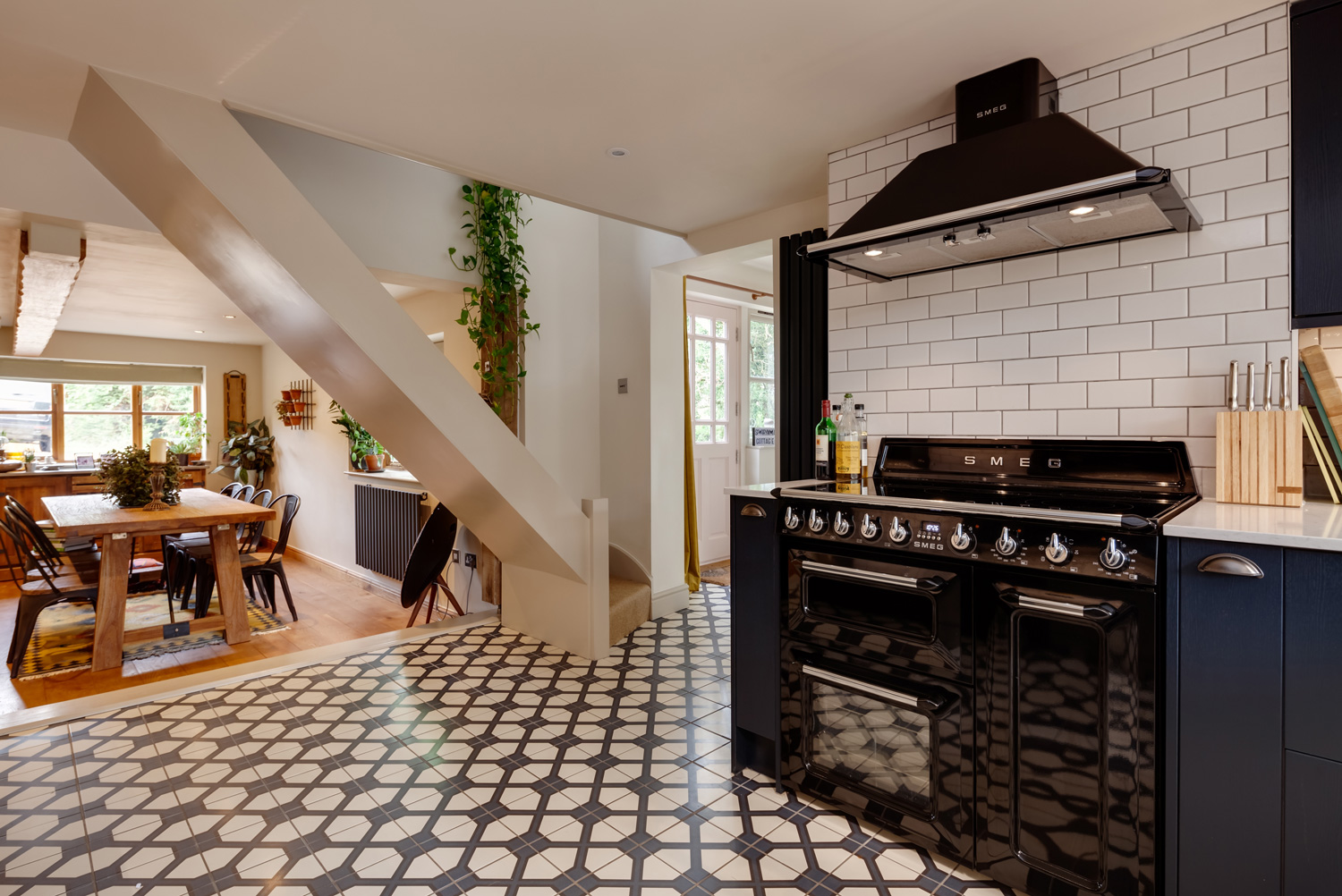
Range hoods are available in numerous styles and designs. So finding one that can fit the layout of your kitchen and coordinate with your range is possible.
The days of a massive, clunky metal box with a loud fan are long gone. Today's high-end kitchen hoods can run quietly and is visually appealing.
6. Increase The Resale Value Of The House
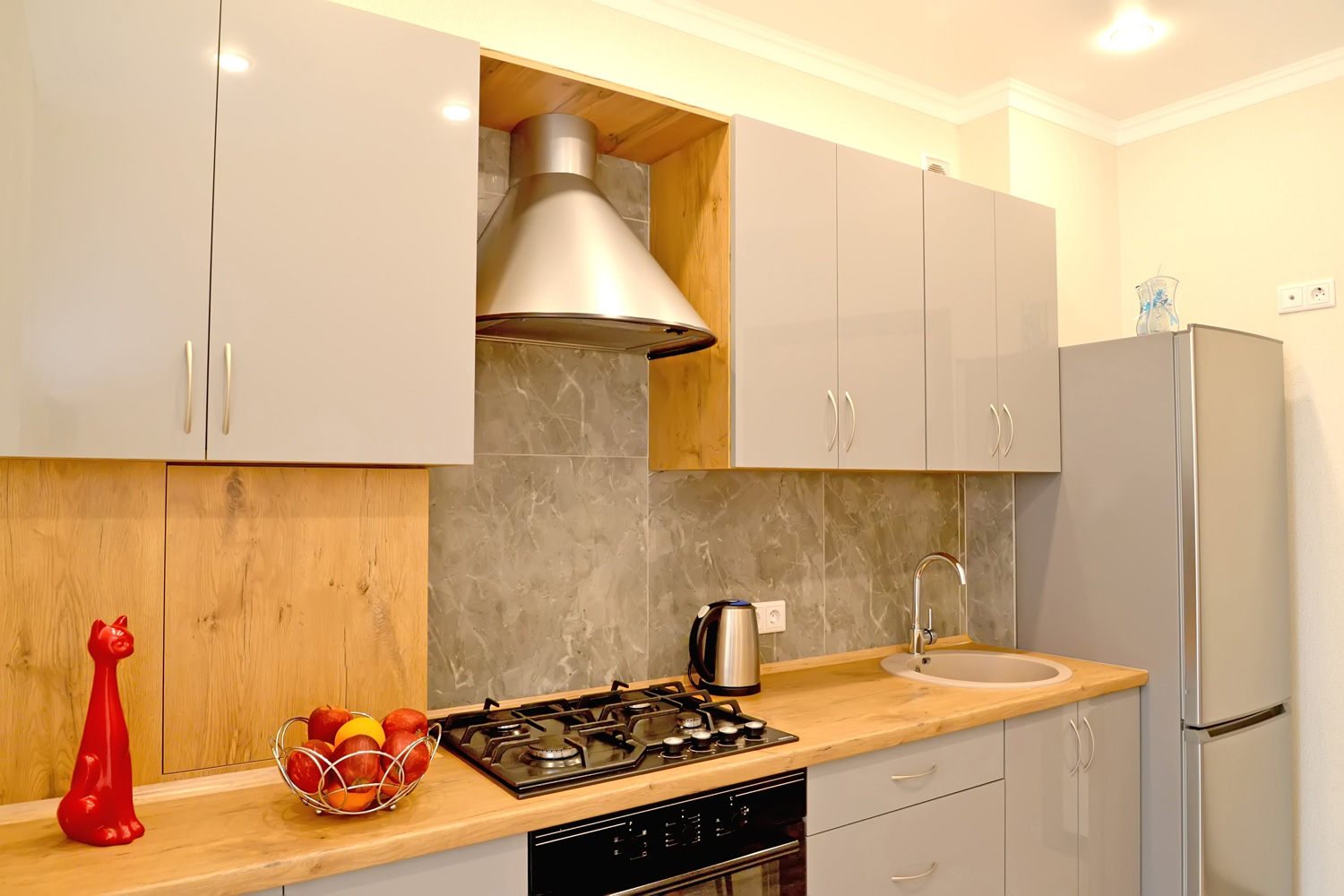
Incorporating a range hood in your kitchen means providing safety and health advantages. But little did you know, it also affects the resale value of your home by increasing it. Most real estate agents say that a well-maintained and beautiful kitchen can make a quick sale!
If you have the latest range hood model, expect the beauty and value of your kitchen will be higher.
What Is A Ducted Range Hood?
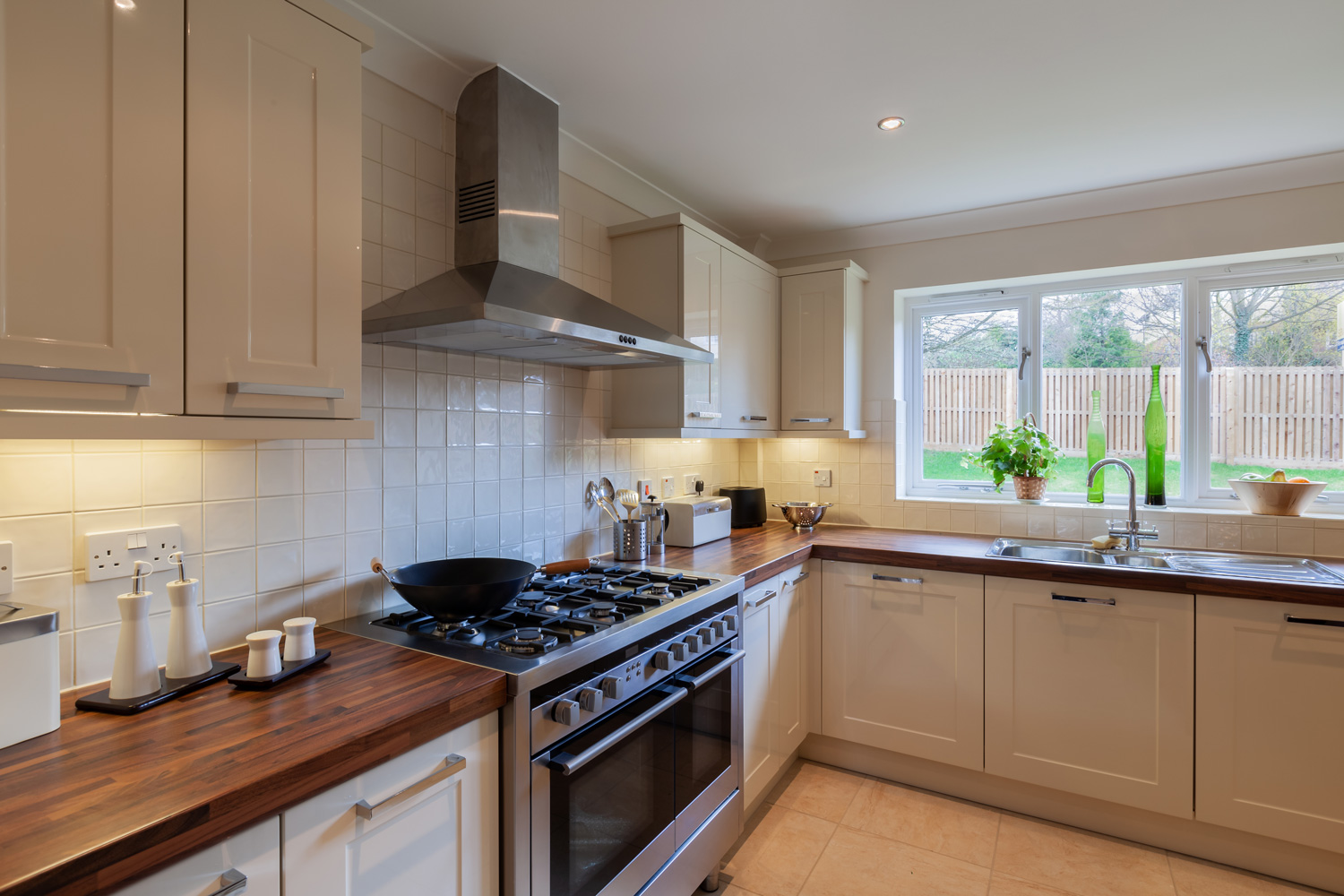
The first thing you should know about a ducted range hood is that you can install it through your ceiling, cabinets, or walls. You can see this typical type of range hood in homes with gas stovetops, in commercial kitchens, or extravagant homes.
People mostly choose a ducted range hood because of the ventilation it provides. The range hood blows the air from your kitchen outdoors by moving it through these hidden ducts.
What Is A Ductless Range Hood?
Ductless range hoods don't push the air inside your kitchen out of your home. Instead, they filter the air and spread it again to your kitchen area. An activated carbon or charcoal filter purifies the air by removing all the pollutants circulating in your kitchen.
You can see the charcoal filters at the blower of your range hood. And these filters are disposable. After consuming 120-150 hours of venting while cooking, replace the filter. However, if your cooking techniques produce a lot of smoke or grease, we suggest changing the charcoal filters more frequently.
Ducted Range Hoods Vs. Ductless Range Hoods
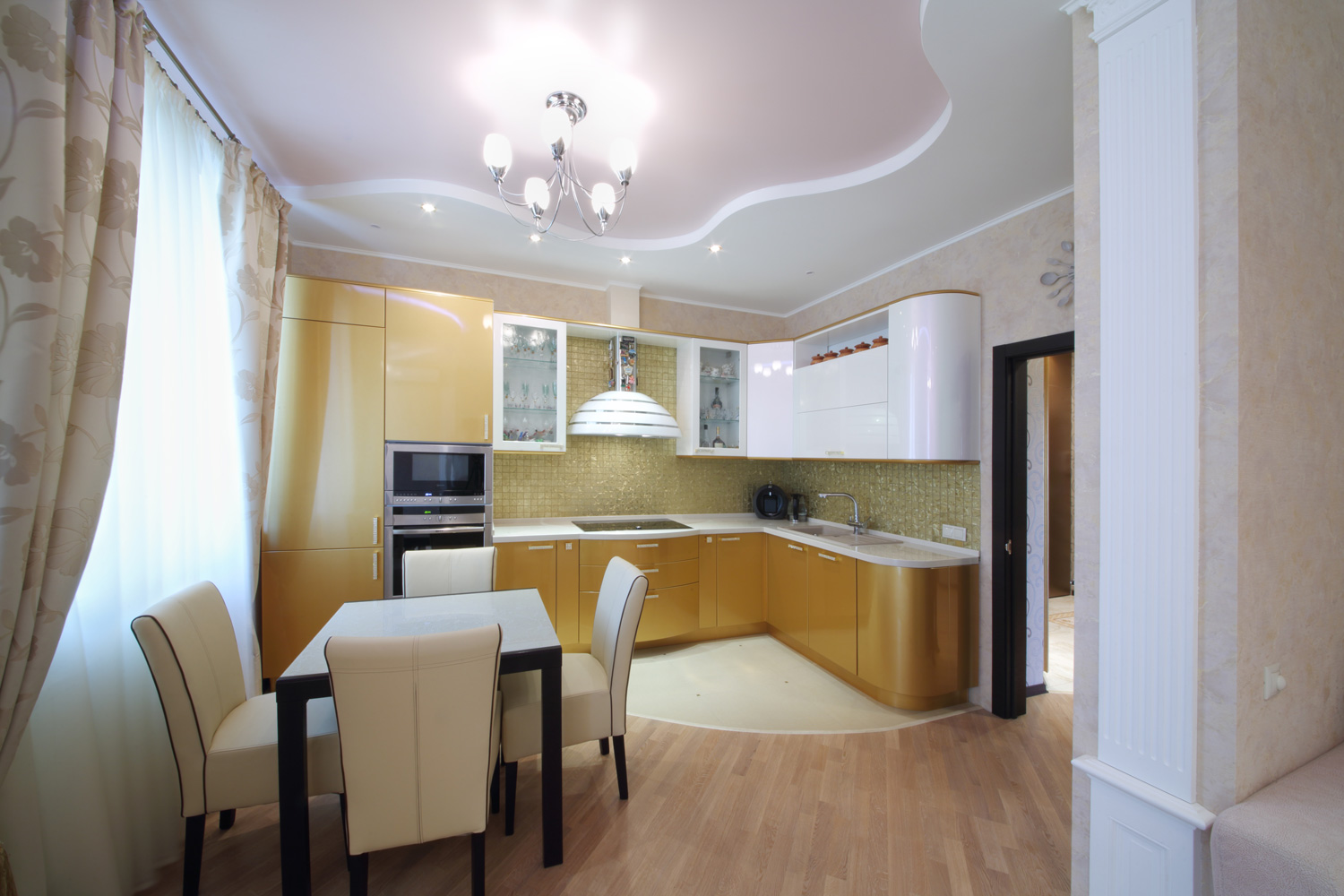
Check the details below to compare which is better between ducted and ductless range hoods.
Ducted Range Hoods
This range hood is the top pick of most homeowners and chefs.
Pros:
- Has the ability to remove all the smoke and hazardous fumes from the kitchen.
- Keeps all the cabinets, walls, and ceilings free from moisture and grease.
- It can get rid of foul odors circulating in your kitchen.
- It does not use charcoal filters for the removal of smoke and fumes. So, you won't have to replace anything making it cost-effective.
- Ducted range hoods quickly vent excess heat from your kitchen outside.
- The noise level of this range hood type is low.
Cons:
- You can't establish a ducted range hood if you don't have enough room for the ductwork. Making room for ductwork can get expensive and labor-intensive, depending on your kitchen's layout and cabinet design.
- Installing ductwork means additional expense for hood materials and labor.
Ductless Range Hood
Ductless range hoods are undemanding to install compared to the ducted range hoods. Let's see if it outweighs the ducted type.
Pros:
- Unlike ducted, you can install a ductless range hood anywhere. You don't have to worry about finding space for ductwork.
- Ductless range hoods are also exceptionally quiet.
- If you plan to renovate your kitchen, you can easily relocate your ductless range hood to another location. In addition, you can bring it with you if ever you move to another house.
- Since this range hood type won't need ductwork, you can save time and money simultaneously.
- It uses less energy to do the air filtering.
Cons:
- Ductless range hoods are less efficient than ducted range hoods when removing all the unwanted smoke, fumes, and odors.
- Charcoal filters are not cost-effective since you have to replace them every 150 hours.
- It can accumulate grease build-up on the surfaces of your kitchen since it does not totally filter out or removes grease and smoke.
In Conclusion
Address your problem about the range hood not reaching your ceiling immediately since that matter is for your own good. Especially when resolving that problem won't cost you much and needs only a bit of effort.
If you want to read more of our posts, check these out!
How to Hang Art on Staircase Wall [Inc. Picture Arrangement Tips]
Does White Go With Brown Furniture? [How to Pair These Colors]


Hi, I like the look of a matching cabinet range hood. If it doesn’t go all the way to the ceiling, can I run the duct into the wall and then up through the roof or exterior wall rather than it going directly to the ceiling and up through the roof? Is it too much to have one or two 90 degree turns? Thanks so much!